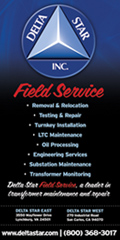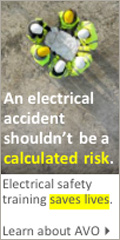
| Past Issues/Subscribe | Employment | neppa.org | Legislative Update | Advertise | June 2011 |

The Learning Organization
Peter Senge, who helped popularize the term through his book The Fifth Discipline, describes learning organizations as places "where new and expansive patterns of thinking are nurtured" and "where people are continually learning how to learn together." Organizational learning is also defined as "the process of improving actions through better knowledge and understanding." Implied in these descriptions is the fact that in order to prosper—or even survive—organizations must do two things. First, they must be "open systems"; they must take in information and feedback from their environments (the communities and industries in which they operate). Companies that do not do this become "closed systems" that stop learning, stop growing and changing, and eventually go out of business. The second requirement of organizational success is that employees share what they know—that is, they "transfer their knowledge" to others. What is inside people’s heads is more than an abstract concept. It’s a commodity to be developed, recognized and acted upon, one that brings about innovative ideas and new ways of doing things. In addition to individuals learning from each other, "learning organizations" share the following characteristics: · Learning is seen as part of everybody’s job; · Employees are encouraged to think creatively when solving problems; · They are allowed to experiment and take risks; · They keep track of what they learned; and · Learning is supported and rewarded at all levels of the organization. To put it simply, learning organizations are places where instead of hoarding their knowledge, employees make it known to others with the ultimate goal of bringing improvements to the organization. Is your workplace a learning organization? Could it learn to be? |




